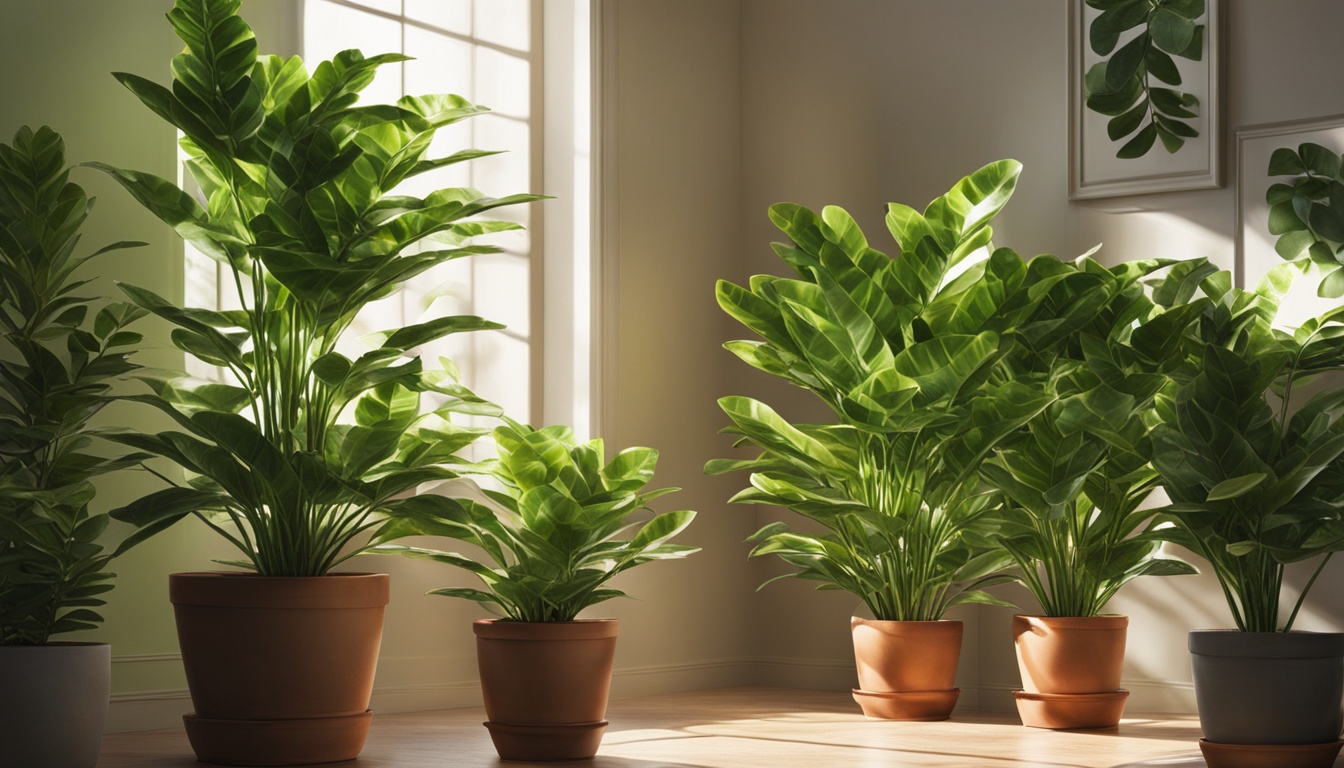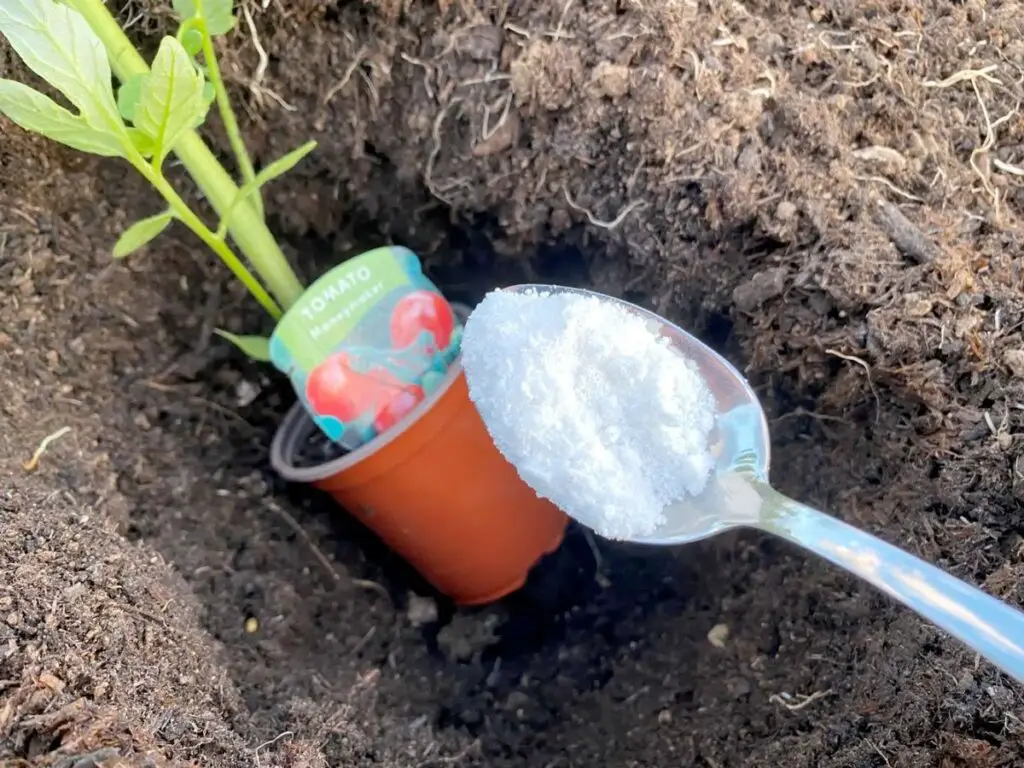
Patios are a great addition to any backyard. They can be used for entertaining, dining outside, or just lounging around in the sun.
If you’re considering putting one in your yard but aren’t sure how it should be level with your grass, then this article will help shed some light on the subject!
Should A Patio be Level with The Grass?
Patios should be a consistent height with the surrounding landscape, but typically a few inches above grade. A patio that sits several inches above the adjacent soil will tend to collect water, especially if there are no planters or other features in place to divert that runoff.
The exception would be sites where the terrain is flat enough that no extra vertical space is required to create a level patio. In that case, the patio surface might be bedded at the same grade as the adjacent landscape.
Read More: Can You Grow Grass Between Pavers? [And How]
How High Should Your Patio Be From Grass?
You should aim for your patio to be .5 to 1.5 inches above grade. What exactly does that imply? Even if your yard isn’t sloped, it usually has a slope of some sort.
A 1% slope is when your yard descends 1 inch for every 100 feet traveled. You don’t want the level of your lawn and the level of your patio to be the same.
You need there to be a slope so that water can run off without pooling around your patio. If you have this situation, it will defeat the purpose of using concrete for your new outdoor space.

Should Lawn Be Higher Than Patio?
The answer: in most cases, you will want your lawn to be lower than your patio. This is mainly due to the fact that the lawn provides drainage of surface water away from your patio or home.
Water drains down toward the lawn instead of pooling up on top of it – this prevents soil erosion and can help prevent weed growth.
How High Should Pavers Be Above Grass?
When setting pavers for a path or patio, there is a general rule that should be followed. The paver stones should be approximately 1/2 to 2 inches inch above the grass level.
This will allow for adequate drainage to protect against erosion and eliminate accidents from trips and falls due to wet feet/grass after rain or morning dew.
By following this tip, you can avoid killing your grass by not watering frequently enough because the water won’t drain well beneath the pavers blocking off the area from receiving moisture it needs.
This will also ensure a happy base for your newly laid patio. You don’t want any sinking or shifting occurring as time goes on either because that could cause major problems with your foundation as well as uncomfortable tripping hazards.
What Do You Put Around The Edge Of A Patio?
The edge of a patio is the space where it meets with another surface, such as a deck or path. In order to use your patio most effectively, you want to have some sort of “curb appeal”.
This is designed to create an attractive area that draws people in and makes use of the whole space. To do this well, a variety of options are available.
- Stones & Rocks
- Plastic Edging
- Bricks
- Wood Edging
- Flagstone
Read More: Patio Pavers And Blocks Weight (And Cost)
Stones & Rock
Another popular option for patio edging is to use larger stones or rocks that are sometimes referred to as landscaping boulders.
They’re available at home improvement stores like Home Depot in different shapes, sizes, colors, etc. Generally, you’ll want to get ones that are big enough to stand out from the surrounding ground by about two inches or so.
The downside to this type of patio edging is that it requires either purchasing three-dimensional stone pieces which can be very pricey when done correctly…or using two-dimensional pavers that are meant to represent stone.
These can be found at places like Lowes or Home Depot and they’re relatively inexpensive, but they don’t look quite as realistic.
Plastic Edging
Plastic edging is another popular option for patio edges because it’s easy to install and usually comes in a variety of shapes and colors.
The downside is that it isn’t real stone or wood so after time the color fades, chips off, etc…and you have the added problem of trying to keep garden weeds from growing through it.
A more expensive option for plastic edging is a rubber product that has a more realistic look but some people find this type of patio edge less flexible than others when attempting to do curves.
Stones & Brick
One of the more popular options these days is to use a combination of stones and brick for patio edging.
This can be done by either using bricks as pavers or by laying them on the ground with landscaping fabric underneath for grass to grow through (see option 1 above).
It’s also possible to create curves with this type of patio edge, but they do require additional paver pieces which you’ll need to purchase. The upside though is that you end up with a very natural-looking result and it will cost you less than if you went out and got real stone cut into pieces.
Plus bricks are often available at home improvement stores in colors that might not otherwise be found in nature so your new “stone” patio edge will look a little more unique.
Wood Edging
For a more economical option, you can use wood edging around the edge of your patio too. The primary benefit to this approach is that you get a similar appearance to that of real stone or brick while being able to avoid some of the negatives associated with them (e.g., weeds growing through).
However, if you want curves in your patio edge plan on buying additional two-dimensional pieces from a home improvement store because wood isn’t flexible enough to do it on its own.
Note: If you go this route though make sure not to apply any type of sealant to the wood because it’ll eventually damage and/or discolor it over time.
How Do I Stop Dirt From Running Into My Patio?
It’s almost inevitable that dirt, grass clippings, and other debris will find their way to your patio.
The best way to deal with this is before it happens. If you have an uncovered patio, placing some sort of fencing or weed barrier on the soil around its edge can help keep unwanted substances away from the surface.
If you already have a patio cover, however, there are still things you can do to stop the run-off of debris onto your outdoor living space.
Place a brick or stone path around your covered area so that when it rains the water flows over these materials rather than through them.
This also helps increase drainage in general if done correctly. Also, try planting drought-resistant greenery near the edges of the patio to help absorb some of the substance.
If you do find that your patio is already full of dirt or other substances, simply getting them out will not be enough to keep it clean in the future.
You may have to actually seal the concrete itself with a quality concrete stain. Doing so can make future clean-ups much easier and even give your outdoor living space a fresh, new look!
Should Concrete Patio Be Flush With Grass?
You have a choice of whether to lay the concrete patio so that it is flush with the ground or to leave a small lip in front of it.
If you choose not to create a lip, grass and other plants may occasionally grow up through cracks in the concrete or cause trip hazards.
Because of this, I recommend leaving between 1/4-inch and 1/2-inch lip ahead of your concrete patio if at all possible. This will help keep grass from growing onto your patio surface but still allow water to drain off the backside.
Depending on how tightly packed your soil is, even just laying down weed blocking fabric can help prevent grass & weeds from coming through later on.
Be advised that leaving an exposed edge like that also leaves it open for damage from stepping stones or tools, so be aware of the risks and have a good system in place when laying your patio so you can keep it looking nice.
Grass & weeds growing through cracks in concrete is generally not a problem until they start to affect the surface quality of your concrete patio.
If that’s happening, you can use weed killers just like on any other type of lawn grass. Once the grass is dead, pull up all of it by hand and treat any bare spots in the concrete with a color-matched concrete bonding agent before re-laying new square pavers or poured concrete as needed.
This will seal those small areas to prevent weeds from returning.
Conclusion
So remember, patios should be level with the ground surrounding them so as not to create issues for drainage. Also, carefully consider your grading around patios and other surfaces to maintain proper drainage.




Leave a Reply